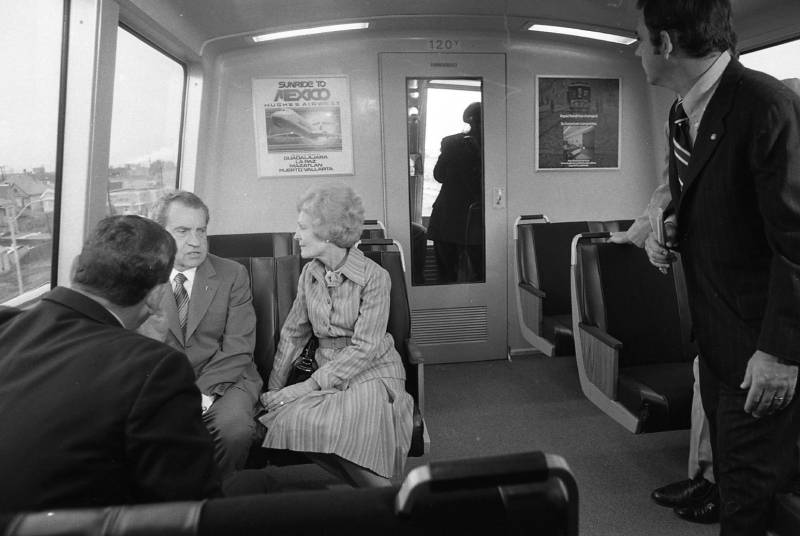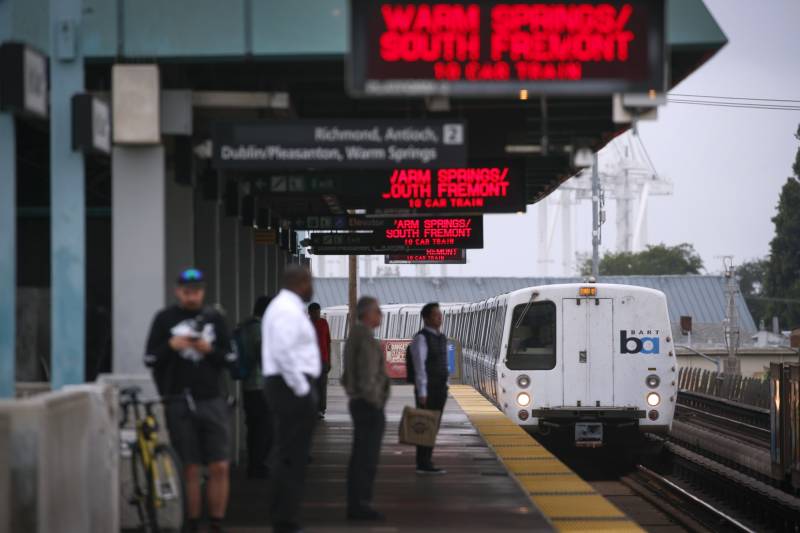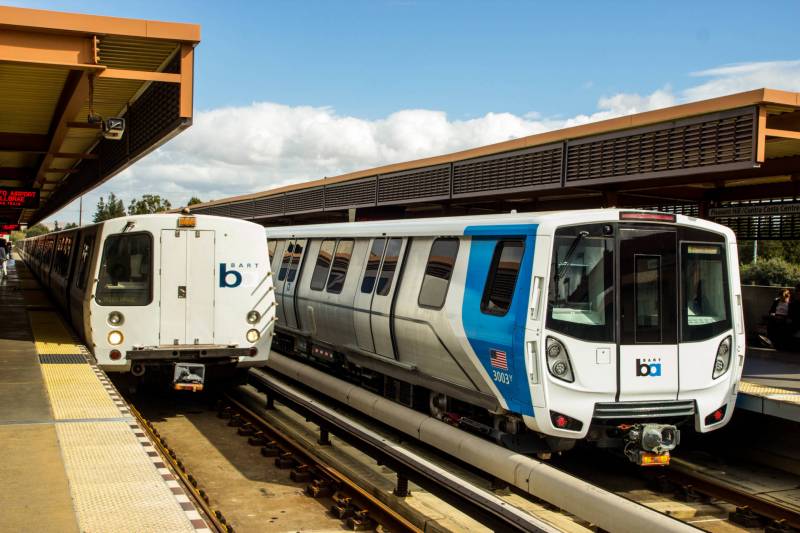BART’s classic old train cars — maybe “classic” should be in quotes — have a storied history.
When they began service in the previous century, a soon-to-be-disgraced president of the United States was one of the first to ride them. After his ride in September 1972, Richard Nixon was impressed and said BART made a good case for shifting federal transportation money from highways to mass transit.

Later, the cars did heroic duty as BART ran 24 hours a day for a month after the Bay Bridge was knocked out of service by the 1989 Loma Prieta earthquake.
Still later, when BART was no longer a novelty and crowded trains had become the norm, enterprising journalists swabbed the cars’ wool-upholstered seats and determined they were crawling with germs.


